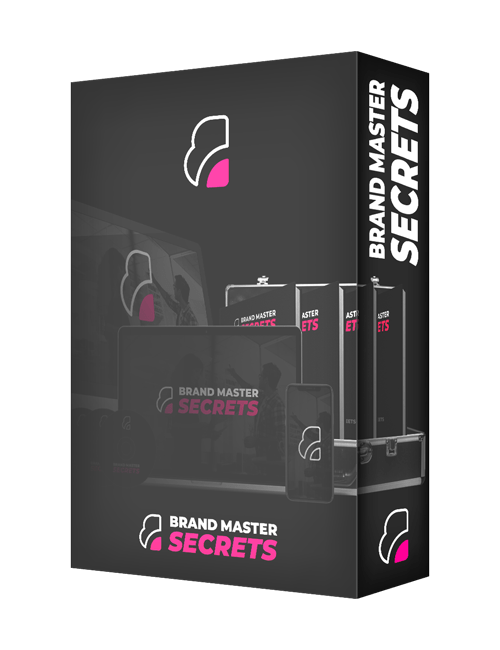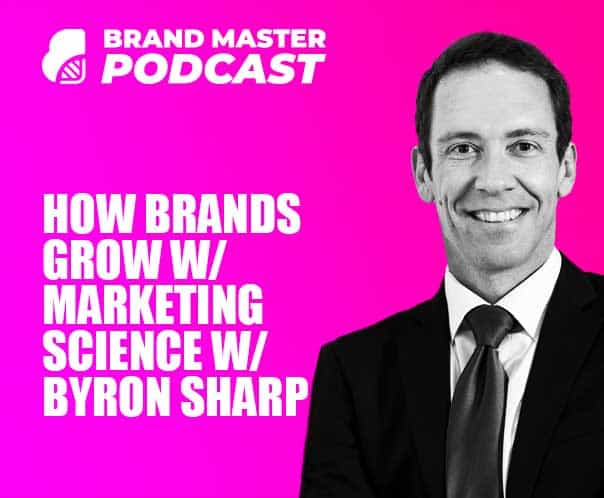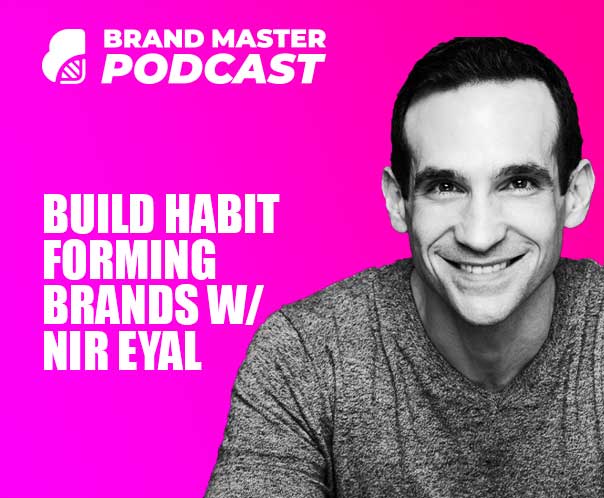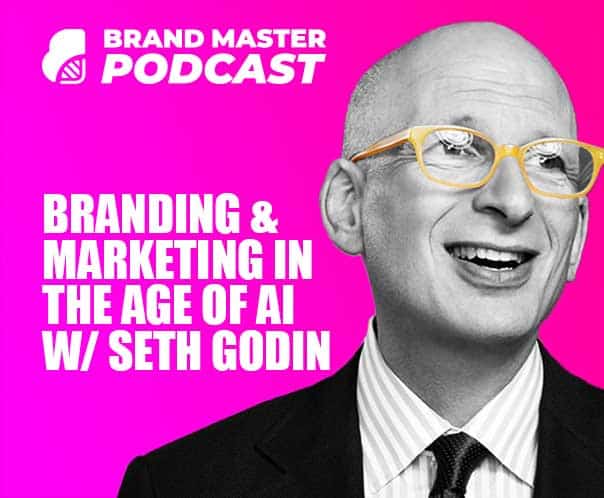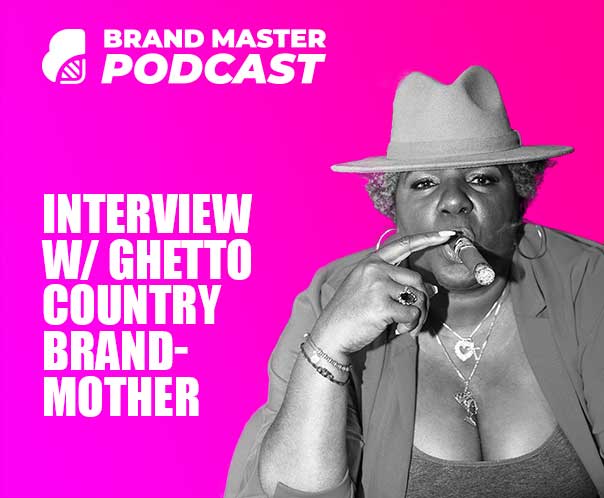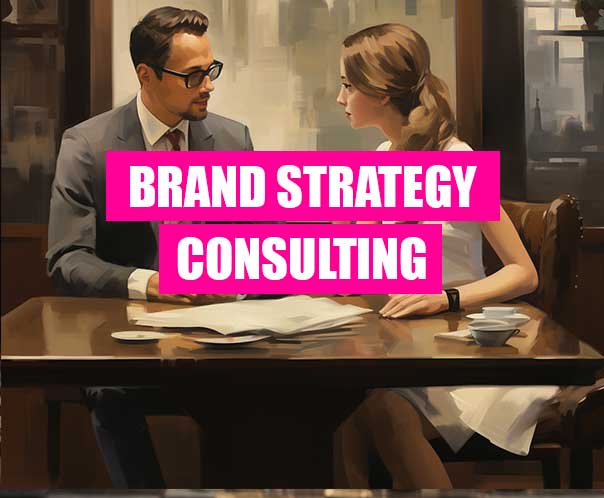Now for those of you who don’t know him, Brian Kurtz is a direct response copy master and author of the Engaging book Overdeliver, build a Business for a Lifetime, playing the long game in Direct Response Marketing.
Brian Kurtz is definitely a throwback marketer to a madman time where Copy was rightly king and an expert who I associate with the likes of industry legends such as Eugene Schwartz and Jay Abraham.
He positions himself as a serial direct marketer who believes that marketing isn’t everything but the only thing, for nearly 40 years now.
He’s followed a specific set of direct marketing principles that helped him to build an iconic publishing company to 150 million at its height, Principles, which are even more applicable with today’s state-of-the-art modern marketing methods.
So if you want to learn techniques to persuade your audience, to choose your brand of your competitors, from a man who has spent his life persuading tens of millions of consumers to do exactly that and stick around for this article.
The Crossover of Branding & Marketing

Stephen Houraghan
Copywriting is such an important aspect of branding that has really from my perspective has been overlooked.
If I was to give it a role, I would say it’s probably our greatest tool of influence as brands are the copy and the messages that we put out there.
I know from our brief chat there, even within the world of branding and marketing we’ve got two very distinct camps.
You’ve got the marketers, the pure breed marketers who look to branding as they believe it’s fluff and bullshit and then on the branding side of things, we look towards marketing and direct responses in this kind of dirty world where we don’t wanna be associated.
What you, kind of alluded to before, the symbiotic nature of the twp somewhere in the middle, is true and I want to dig into that.
What’s your idea about the crossover between the two worlds of branding and marketing?

Brian Kurtz
It’s interesting you can’t just will a Nike swoosh, a logo, and branding is so much more than.
And as I said initially, you need to establish what you have already, you always want to know.
Jay Abraham who wrote The Forward, who’s a marketing genius wrote the Forward to Overdeliver my book and he always says that his book, my favorite Jay Abraham book is getting everything you can out of all you’ve got.
Before you build anything you’ve gotta do and see what your assets are, what do you have. Some people have a brand built in to what they’ve already done, to me, that’s the first step.
The second step is not to throw money away indiscriminately on building a brand or on publicity or public relations, that doesn’t pay out.
You can do both or you can build a brand and get do direct response marketing that pays out at the same time.
One example from my career was when we had a database. I think we had probably 9 million names of buyers and subscribers to the newsletters that I ran at the board and the books we sold at Boardroom, mostly consumers, mostly business people at home, was kind of the marketplace.
This market was so ingrained with the first newsletter, which was boardroom reports and then we launched another newsletter later on, which was more consumer-oriented, called Bottom Line Personal.

All of a sudden the business took off and we realized that bottom line was the brand that we should, we should hitch as the key brand.
What we did was everything after that was branded Bottom line before it was boardroom books, then it became bottom line books.
Before that, we started doing like health news, political health confidential, and we changed that to bottom line. It was just the simple name change to where, because it wasn’t like we were building a brand, the brand built itself from the marketplace that we were going after.
The creative and the copy just went with that way. The thing that that was so interesting is that we launched the company, it was called Boardroom Inc.
We launched it as a business newsletter. Boardroom reports, everything was boardroom, boardroom books. By the time, you know, 15 years later, everything was bottom line.
In fact, boardroom reports, the initial newsletter became bottom line business everything came under the bottom line brand, if you will. It was interesting because bottom line business did much better to the database and this is a very simple example of brand.
I know it’s very simple, just the name, but you can see that we didn’t go after a brand.
We saw what our audience was doing, and that’s way more powerful.
As far as the idea of copywriting being the most, creative is the least important element until it’s not.
And what I mean by that, and I already illustrated it by the idea of our database moving toward bottom line from boardroom.
But the interesting thing is that the creative is the most important, but not initially the most.
There’s like three in a direct marketing program, like any marketing point, but specifically direct marketing.
There’s the:
The list, the media, the audience.
The offer that you’re making
The creative or the messaging.

It was a theory that said it’s the 40 40 20 rule that it’s in my book, in chapter four about RFM and list building, and I made it the 41 39, 20.
The 41% is the list, the media, the audience, it’s all about them in terms of what the, because Eugene Schwartz, who wrote Breakthrough Advertising talks about the
Copywriter doesn’t create desire, the desire’s already in the marketplace. It’s your job as the marketer copywriter to find where it is and then just tap into it.
If you have the right audience then you come up with the offer 39% and then tha 41, 39 20 rule kind of implies that the creative is half as important as as the media list and the offer, “It’s not”.
What it is that you have to get to that third, once you get to the creative that you wanna do specifically for the audience, just the example writing for Bottom Line as opposed to the boardroom to a bottom line database is changing the creative and my experience over 40 years of doing this is that the creative is the least important until it’s not.
Then it becomes the most important as you suggested because once you have your list of media dialed in, and you have an audience that’s hungry for what you have, you have an offer that’s irresistible.
Then the creative takes it to direct marketing Nirvana and that’s where you get your biggest lifts. You can tweak the offer, list selection once you have it or the media selection but if you have those two things dialed in, the creative takes it to a whole new height.
Now, the reason why I say 41, 39, 20, and the way I prove it is that if you have the
perfect list, perfect media, whatever, you have a irresistible offer and you use mediocre creative,

We’ll say online, you have a flashing red box and an arrow saying order here, you’ll make some money, you’ll get some orders.
Because you have the right audience with the right offer, with mediocre creative, the opposite’s not true, you could have world-class creative and messaging a branding philosophy.
If you have an offer that’s wilting in just not a good offer, not irresistible, and your audience is not interested in what you’re selling, you’re gonna get zero orders.
That proves, the 41, 39, 20 in essence and it also makes the creative the most important once the first two are dialed in. That’s the critical way that I look at.
If you are just gonna go for creative and branding and websites that are pretty colors and are, aren’t doing anything in direct response, that’s like, that gives me hives, I resist that, but it’s not that I’m resisting brand.
I don’t see branding as this evil thing, but it’s gotta be within a direct marketing context and I see it played out over and over again.
It’s amazing if you start with your audience and your offer and then work the creative to the audience and the offer will see what your brand is, and then the creative takes it to new heights.
That’s kind of the 30,000-foot view of how branding and direct response, and we can dig in on any of that.
PRO Brand Strategy BluePrint
Build Brands Like A Pro Brand Strategist
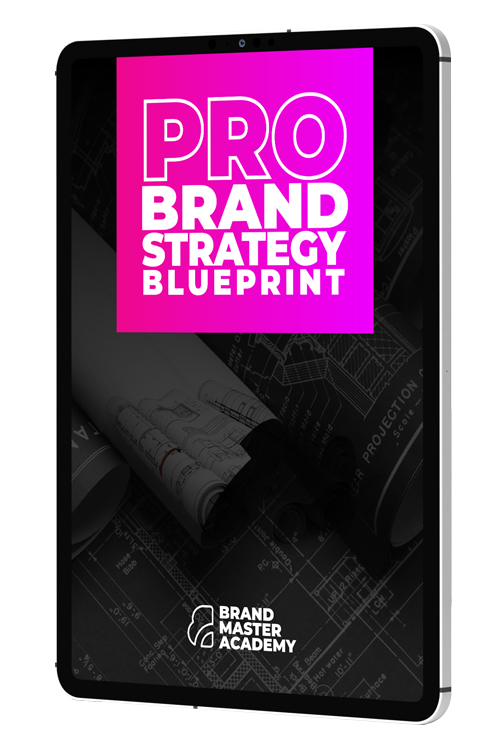
Relationship Building vs Direct Response Copy

Stephen Houraghan
I love everything that you’re saying there and to really unpack the idea of where you went to with boardroom and just providing that clarity and following what the audience said, to kind of build a brand without even realizing that the brand was being built.
That kind of ties back to everything within branding back to the human aspect of it, because, I’m a firm believer in the human brand philosophy and the brand that we’re building as a human entity to connect with another human.
If we do it like that, then I see branding as the relationship side of things, and I see marketing as the ask.
You can be a great person by being friendly to everybody and building relationships all over the place but without that ask, you’re never really going to get anywhere.
Yes, you’ll have a lot of relationships, but if you don’t ask, then you’re not going to get one. Likewise, if you just go around asking people without really building relationships, then you’re gonna get a lot of nos as well.
So there’s this symbiotic relationship there between the two and we kind of need to do both very well.
We need to build the relationships as this slow burning thing where we’re giving value and we’re kind of talking to our audience and understanding them, but at some point there has to be, this ask of a favor to you build that relationship.
How do you differentiate between the direct response market and branding?
How can you create a copy that is both persuasive on one hand, but also relationship-building on the other?

Brian Kurtz
I have an expression, I say everything in marketing and
In life basically is not a revenue event but everything is a relationship event.
In chapter three of Overdeliver how paying postage made me a better marketer, and it’s about direct mail, because direct mail was the ultimate marketing, direct marketing medium.
Knowing direct mail and knowing that you’re paying postage and printing gave me the training that said I can’t do ultimate just relationship building, but I could give away content that’s valuable.
I could lead with value.
That’s one of the keys to building a relationship. You need to lead with value. You need to lead with contributing to whether it’s even in one-on-one.
You need a lead in contributing to your audience and to you before I could ask them for anything or before I could do anything.
The problem on online marketing and I’m an online marketer. I do a lot of email marketing from Facebook, Google AdWords and online advertising.
The thing is when you’re not paying postage and print, you tend to move into sort of a lazy, sloppy way and you start asking without the privilege of having a relationship.
You identified, and the beauty of online marketing is that for the most part, it’s pretty inexpensive.
You’re certainly not paying postage and printing.

Let’s use email as the example here because I think email is the killer app right now and it still is. I mean, email is the relationship-building media.
It’s not Instagram, it’s not TikTok, it’s not Google AdWords.
It’s email, an email to equate it to direct mail, which was not quite relationship building, but the way we did it at boardroom when we did 32-page mags promotions that talked about the product, it talked about it gave you some of the stakes and not just all sizzle.
That was the precursor to like launches online where you give away your best content upfront because you know that there’s more best content in the future.
This confidence in online marketing that you can give away your best stuff initially, which is the VA leading with value.
People then are really into that content, then the ask becomes so much easier, but you have to have the confidence that you’ve got more best stuff behind it.
What happens is most online marketers, not most, but a lot of online marketers feel that
if I give away my best stuff, I’ll have nothing to charge for.
Well, that’s a scarcity mindset and you’ve gotta have an abundance mindset in terms of your content, what you can contribute to them, what you can deliver to them.
You might wanna save some incredible content that’s your secret sauce to charge for later on, but you still have to lead with value.
I encourage people to lead with their best thing for and it’s just a model moving the free line. There’s a lot about that and it’s not just, you have to give it away for free.
People think that writing a book, the only reason to do it is to use it as a lead magnet, give it away for free, free shipping and handling, and then get people in this elaborate funnel and start selling them stuff.
I’m not a fan of that. I’m not saying it doesn’t work.
I’m not saying it’s, it’s still a legit direct marketing model, but if you are looking at building a brand, building relationships with your audience, whatever it is a list of about 15,000 people that I blog to every week, and I never call them my list.

Doesn’t mean I don’t ask ’em to buy stuff from me but my consistency and congruence also needs to be there.
So whatever you’re doing, if you’re selling all the time, asking, asking, asking, if that’s what you’re doing consistently and it’s working for you, then that’s your congruence.
That’s what you do and this isn’t what I do. I like to build relationships and I even wrote a blog post.
It was more about not so much selling online, but it was Never Ask From Nowhere Again.
That was the subject line and the concept was that asking somebody for anything, asking somebody to be on their podcast, asking somebody to be a guest speaker at one of my master’s asking somebody for a favor, like they’re a Facebook expert and you want some advice.
Anybody who says, I’m gonna pick your brain all they’re doing is picking your pocket most times because they’re trying to get information for free but the opposite of that.
If you wanna deliver upfront the value, deliver what you can give them that can in improve their life, and the asks.
There was a guy stood up and it was like 250 people in th ballroom guy stands up, he says, I’m 26 years and I’m struggling cuz I wanna I’m developing great contacts, I’m developing great list of people that I’m meeting and I don’t know how to monetize it.
I’m like throwing up in my mouth cause the way I look at it is completely the opposite, you’re 26 years old, what deep relationships that you need to think about monetization immediately?
To my premise and I was thinking about going up to see him and not lecturing him, but kind of maybe ask him some questions so he could see the flaw in his thinking, which is what I like to do a Socratic method, which Jay Abraham taught me but I chickened out.
I didn’t go find him but low and behold, I’m at one of the breaks guy taps me on the shoulder and he goes, you’re Brian Kurtz, aren’t you?
Not that I think I’m that famous . I said, yes, he says, I read your book Overdeliver. I knew you were here and I really wanted to meet you.
So I immediately thought, okay, he’s gonna put me on his list and he wants to connect with me and then probably monetize me.
My thought went there, so I had to get to what I wanted to say to him quickly. I wasn’t mean. I was very generous with him. It was clear that he had mentors in the room when he stood up. So he was bold enough to say that he wanted to monetize his list and people were mentoring him.

I also check with one of his mentors and he said, yeah, he’s young and he doesn’t. . “You know”. I hate being grandpa at the picnic, but you can’t, develop your list and Jay Abraham calls it your relationship capital.
He said, it’s the most important account you have much more important than your bank account, it’s your relationships.
So I kind of said to him, I said,
You wanna monetize your list, but do you contribute to your list on a regular basis?
I asked them all the that you would think I would ask them do you interact with them on a basis of a hundred zero?
Do you give to, and this is in my book, I said, obviously if you read my book, you would know about it.
You give a hundred zero to everybody in your life so that when you don’t ask for anything return, you have no expectation for anything.
When you give a hundred zero, even if you don’t get something back from that person, I believe you’re putting good karma in the universe.
I only have 40 years of experience doing this. Not a lot of time, right? Only half a lifetime and so I’ve been doing this my whole life. Not saying you have to do it like me, but when I ask somebody for something, anything, especially in marketing, I know that it’s not an ask from nowhere.
It’s an ask I’m ready to ask this person cuz I have a deep relationship with them, or it’s so much in their advantage.
That’s the ask I will make and so Polish, who’s one of my great friends, and he just wrote a new book called What’s In It for Them?
That’s the essence.
What’s in it for them?
I’m a big believer in everything you said about
It’s about relationship. It’s not about revenue, but with deep relationships comes, revenue comes the ability to ask people for something.
The whole point is, None of the asks were from nowhere and on the opposite, they were all asked from somewhere. It’s the same thing when you’re doing email marketing on a lesser scale.
You’re not asking somebody to go, come cross country and speak in an event at their expense. I mean, I’ll pay their travel and all that, but I’m not gonna pay them a speaking fee. But I can make that ass because I have you 40 years of relationship building.
So the equivalent on an email list would be what’s 40 years experience with a person?
On your email list doesn’t take 40 years to do and look, but it doesn’t, you can’t do it in 15 minutes and, I’m a big believer in that, and that’s my exact philosophy as well.
Explore Brand Strategy
Programs & Tools
Personality In Copywriting

Stephen Houraghan
So one of the things that I’m a big believer in that I want to ask you about is the manner in which we speak to our audience.
Now as people, we speak as our personality dictates.
We might be brash, we might be loud, we might be shy, we might be timid, how we communicate says a lot about who we are as people, and I really believe that as brand.
How we communicate says a lot about our brand it attracts the right type of person to us.
If we’re loud and brash we’re gonna repel those who are a little bit timider and we’re gonna attract those who are attracted to those kinds of attributes.
How do you see personality within branding and communication and what are some good ways that we can use that within copy that we develop to compel people to buy from us or just to give us our attention or their attention?
How do you see brand personality and personality within copy as a tool for connecting with our audience?

Brian Kurtz
As the director of Sales prevention which is me I think that persuading someone it’s a lot of things.
One of the things that’s I like to show people how something works and even showing them how it works while I’m doing it. So there’s no facade.
I even come right out and say, sometimes I need you to have this in your library that kind of thing.
The other piece of that is this whole idea of authentic which I am just fed up with it.
Not that I don’t wanna be authentic, but when I’m at a conference and someone’s on stage and someone turns to me and goes, wow, that guy or that woman she’s so authentic.
And I’m saying, okay, what is she like when she comes off stage? She’s not authentic? Is she the same in both places? To me it’s sort of like what you see is what you get and it’s about consistency.
Some people play a salesperson on stage. They play a salesperson in email and in person. They’re a completely different person.
Now some people need to do that cuz they, and I probably need to do that more if I wanted to sell more, because it’s not my nature to be a hard sell kind of guy. Although I want people to have my material.
Those bang against each other also in terms of brand.
Writing A Copy That Is Both Persuasive & Authentic

Stephen Houraghan
Exactly, that’s kind of exactly what I’m getting at, right?
Because I don’t think brand authenticity or authenticity should be a term that we’re speaking about really, but the conditions of the world.
This Insta glam world where big themselves up and create this facade has kind of left us feeling that we have a thirst for people who are a little bit more real.
I completely agree with you. I’m fed up with the idea that. We need to put authenticity on a pedestal.
That should be the default but it’s not. It’s not and I think that creates this environment where brands can kind of use it as an edge to help us all move past this world of facades.

Brian Kurtz
Brands used for evil can go the opposite way that everything is.
That’s the pedestal brand. It’s like you need to buy my product cuz it’s the best in the world.
As opposed, you need to buy my product because I’ve worked for the last 30 years building it and I’ll tell you some stories about my struggles.
You can tell the hero’s journey how you got there.
That’s a show, not a tell. The problem with just branding and thinking that you’re just gonna sell the brand. I think it’s a flawed concept unless you have a Nike swoosh.
It’s much easier to do or any kind of brand, but to hitch the wagon that says the brand sells itself.
It’s like I don’t care, it can’t work, and it can work. I’m not saying, I’m not saying everything I’m saying that you need to do it the opposite way or you need to do it one way.
But that’s not the way that brands and direct marketing work together as we’ve talked about a lot on this.
The other piece of that, and I just had this, this happened to me in an email group with a mastermind that I’m a member of, and the guy is trying to brand something.
He was thinking, and he was talking about the name and the URL that he was going with was maybe not the best, and he wanted to change the name of the company and the URL.
It’ll be a hassle, but I wanted to say more of what it’s doing as opposed to being this the neuro kind of thing.
I chimed in and said, this is a really important concept for everybody to understand. , it’s that when you’re starting to talk about names, URLs, and logos, and that’s the only thing you’re talking about.
You’re on the wrong track.
If you wanna really sell and market through relationships and all of that and so I have an expression, it’s on my wall, it says
If it doesn’t lose an order or cause a rejection, it doesn’t matter.
Tone Of Voice In Copywriting

Brian Kurtz
When you said, what kind of language can you use to your list, your online family that will sell it the brand
It’s the language that they speak in.
That’s the way you need to go into like, if you have an audience that you know really well and you’ve gotten rid of the people who don’t belong.
All you have is people who do belong, find out where they hang out, what books do they buy.
Go to Google, Amazon, and see what books they’re buying, and see what language they use when they do reviews. Go to forums on Facebook and see, lurk in, focus in forum. Where people are talking in the language of the language that you use with your audience, hopefully authentic.
Put that in quotes.
That’s the research that you need to do and again, when we talked originally my first point about the idea of letting the market tell you how to brand your product.
It’s your having your market tell you how to speak to them, how a write to them but you still need to be consistent.
I think that’s where a lot of online marketers fall by the wayside. , their consistency is wavering cuz they’ll do like tons of sales of affiliate deals, which doesn’t sound like them.
Where To Locate Brian Kurtz

Stephen Houraghan
if you haven’t read Overdeliver. I really recommend it. It’s a great book. There are some great fundamental thank you principles in there.
There are some great tools that are really applicable that you can take to your own work and, and start to apply them straight away.
I definitely recommend reading that book if somebody wants to buy that book or, to get in touch with you or, to ask you or find out wwhere all these links that you have go to and what you’re actually offering, where’s the, the best place that they can get in touch with you?

Brian Kurtz
The best place to become a member of my online family, which is another way of saying get on my list. And you know what my philosophy is?
You don’t have to buy anything.
I don’t do affiliates, you know, all of that is true. All they need to go is to briankurtz.net.
There’s the first thing on the on the page. There’s a lot of con free content on that page.
My blogs are all on there. Going back to 2014, everything is there, A lot of free stuff, and you opt-in, you get an interview that I did with Perry Marshall, who’s a great marketer.
You’ll get my blog every Sunday. You’ll hear about when I do a launch of my mastermind and all of that but the purpose is to just to share every Sunday something of value.
As far as the book goes, I have a site that you can go to Amazon and buy it, but I would suggest if you want to buy it or look at it, go to overdeliverbook.com
Wanna Learn More About
Brand Strategy?
On-Demand Digital Program
Brand Master Secrets
Make the transition from hired-gun to highly valued brand strategist in less than 30 days. The systems, frameworks and tools inside this comprehensive program are all you need to level up.
